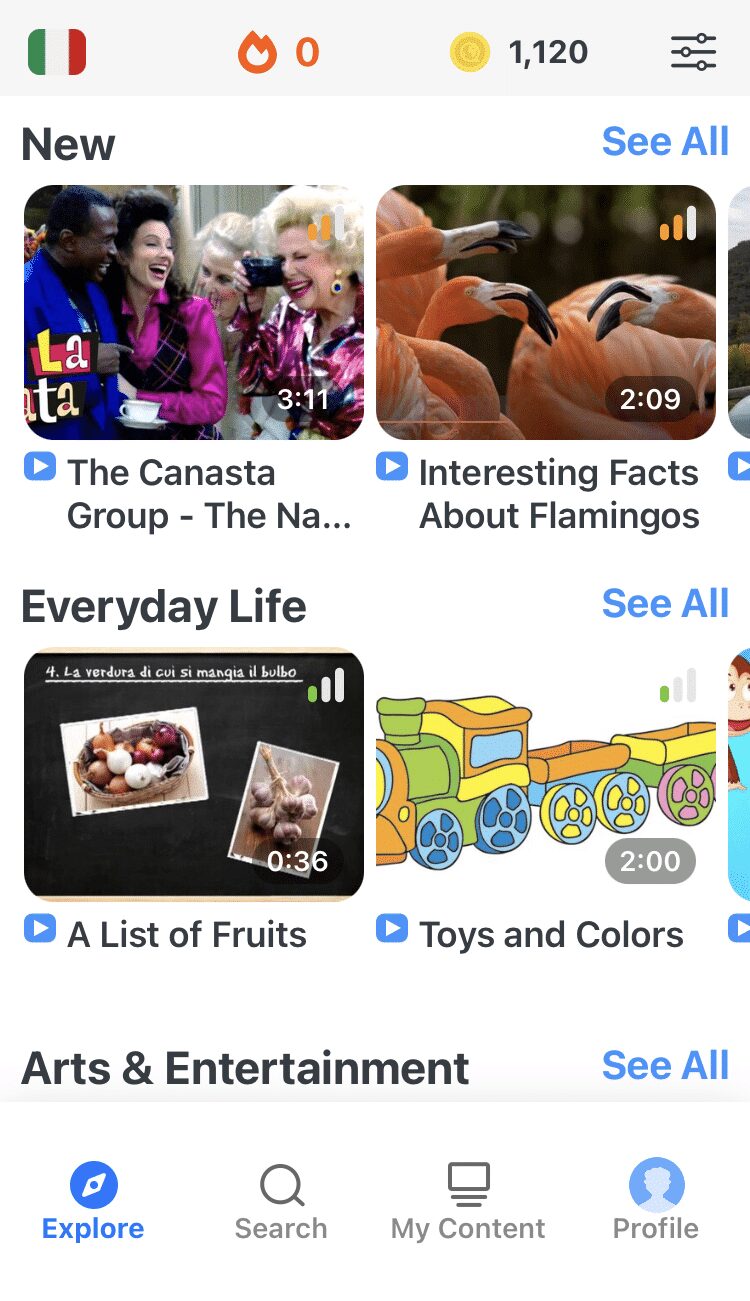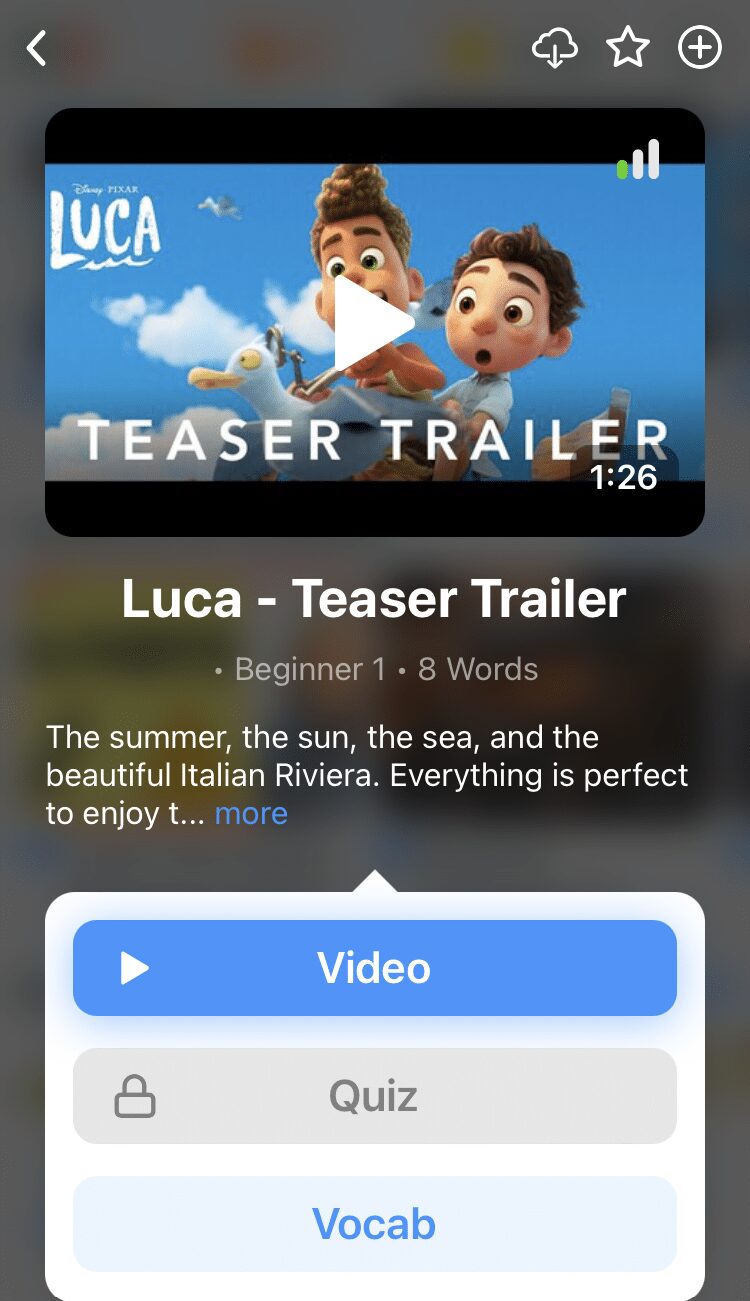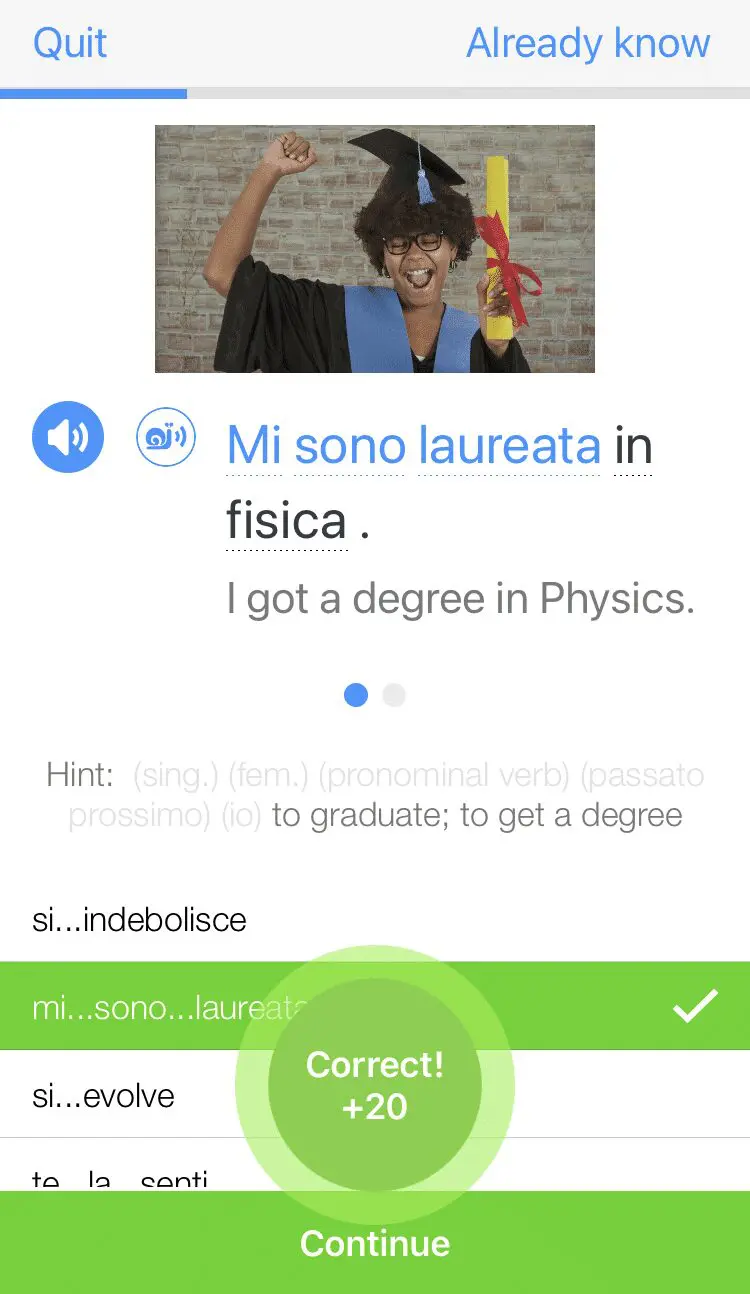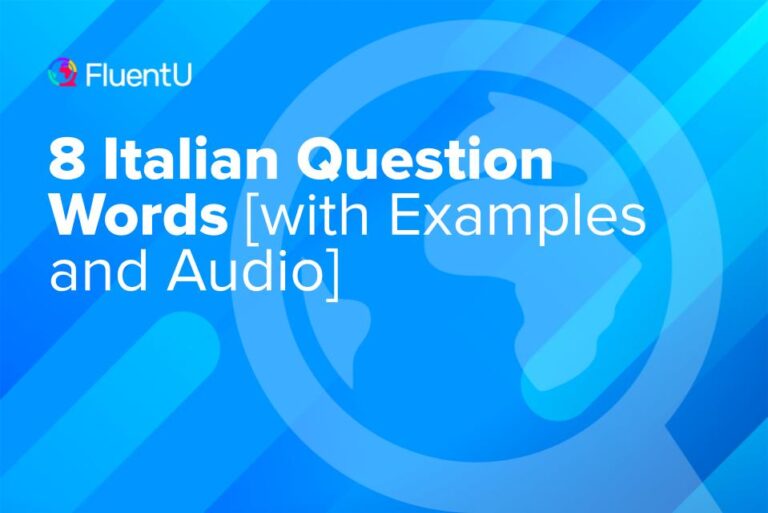Italian Accent Marks: A Full Guide

Italian accent marks are a vital part of mastering the language, and using the wrong one in the wrong place (or forgetting one!) can change the meaning of a word entirely.
The good news is that they’re pretty simple to learn.
This post guides you through the most important information about the three Italian accent marks.
Download: This blog post is available as a convenient and portable PDF that you can take anywhere. Click here to get a copy. (Download)
When Are Italian Accent Marks Used?
An accent mark is used in the following cases:
- When a word has two or more syllables and ends in a stressed vowel, like caffè (coffee).
Perché non bevi il caffè?
Why don’t you drink coffee? - To show the correct pronunciation of a vowel (long or short).
Perché non bevi il tè?
Why don’t you drink tea? - To differentiate two words that look the same.
- To show where to place the stress in a word.
Venezia è una città straordinaria.
Venice is a remarkable city. - To signify the correct reading in a single-syllable word that ends in two vowels.
Vorrei di più per favore.
I would like more, please.
Accent marks can occasionally be optional—mostly in cases where there’s no potential confusion between similar words—but the proper accenting should be learned anyway.
Pronunciation Differences Between Italian Accents
The two most common types of Italian accents are known as grave (`) and acute (´), and only appear above vowels. They indicate how the vowel should be pronounced and/or show which syllable to stress when pronouncing the word. They can also sometimes change the meaning of a word.
The main thing to know about the accents is that they change the vowel sound: The grave accent indicates a closed sound, and the acute accent indicates an open sound.
Notice is difference between “e” (and) and “È” (it is):
Closed E: Ci sono così tanti turisti e persone a Roma oggi.
There are so many tourists and people in Rome today.
Open E: È molto buono.
It is very good.
Also, notice the difference in sound between:
Grave accent: Voglio una pèsca.
I want a peach.
Acute accent: Pésca tutti i giorni.
He fishes every day.
Let’s look at these accent marks in more detail.
Grave Accent ( ` )
This mark is known as the grave accent, which is called accento grave in Italian.
Because of how common it is, it’s easy to run into this little mark many times, even in your earliest Italian studies.
This mark can appear attached to any Italian vowel at the end of a word, and it indicates a short sound, like “eh” for e and “ah” for a.
You might recognize this accent mark in particular from one of the most common words in Italian, the simple è . This word is the conjugation of the verb essere (to be) and means “is” in the third person conjugation.
The grave accent is very important, as it makes è distinct from a very similar word: e , which means “and.”
Other examples of this accent mark in action include più (more), lunedì (Monday) and però (however).
Acute Accent ( ´ )
The acute accent mark is less common than the grave accent and there’s a specific reason for that: It’s only used with the letter e.
They look pretty similar to grave accents but try not to confuse them: While the grave slants down from left to right, the acute mark slants down from the right.
The acute accent indicates a long vowel sound such as in the word perché (why, because).
The accent can often be found on the che endings of several compound words of a similar vein, like giacché (since) and benché (despite).
Some other words where you’ll encounter the acute accent include ventitré (twenty-three) and poté (conjugated form of potere, meaning “to be able to”).
You might notice that, as the last example suggests, you can sometimes find this accent mark in certain conjugations of the passato remoto (remote past tense), like credé (conjugated form of credere, meaning “to believe”).
Circumflex Accent ( ˆ )
The circumflex accent mark is even rarer than the acute, especially in modern Italian.
In case you do come across it in older texts, know that its main purposes were to contract the ending -ii and to pluralize words ending in -io.
A common word that you may still see with this accent mark is diarî (the plural of diario, meaning “journal”).
Using Accent Marks Correctly
It might be a little difficult to figure out just how accent marks function in Italian at first. The best way to get a solid grip on them is to study vocabulary and spelling carefully.
Remember that accented letters can function almost like their own unique piece of the alphabet, so it’s important to know how to use them properly.
It can be helpful to watch Italian videos with subtitles so you can see Italian accent marks in use and hear native speakers pronounce the words that contain them. One resource that you could try using is FluentU, which offers an array of engaging Italian videos with interactive subtitles.
FluentU takes authentic videos—like music videos, movie trailers, news and inspiring talks—and turns them into personalized language learning lessons.
You can try FluentU for free for 2 weeks. Check out the website or download the iOS app or Android app.
P.S. Click here to take advantage of our current sale! (Expires at the end of this month.)
Many native Italian speakers drop accent marks in their writing, but as a student of the language it’s important to learn the rules before you learn how to properly break them.
Accent marks might seem challenging at first, but they can be easily mastered with practice. Make sure you notice those little Italian accent marks: They can mean a whole lot!
Download: This blog post is available as a convenient and portable PDF that you can take anywhere. Click here to get a copy. (Download)
And One More Thing...
If you're as busy as most of us, you don't always have time for lengthy language lessons. The solution? FluentU!
Learn Italian with funny commericals, documentary excerpts and web series, as you can see here:

FluentU helps you get comfortable with everyday Italian by combining all the benefits of complete immersion and native-level conversations with interactive subtitles. Tap on any word to instantly see an image, in-context definition, example sentences and other videos in which the word is used.

Access a complete interactive transcript of every video under the Dialogue tab, and review words and phrases with convenient audio clips under Vocab.

Once you've watched a video, you can use FluentU's quizzes to actively practice all the vocabulary in that video. Swipe left or right to see more examples of the word you’re on.

FluentU will even keep track of all the Italian words you’re learning, and give you extra practice with difficult words. Plus, it'll tell you exactly when it's time for review. Now that's a 100% personalized experience!
The best part? You can try FluentU for free with a trial.
Start using the FluentU website on your computer or tablet or, better yet, download the FluentU app from the iTunes or Google Play store. Click here to take advantage of our current sale! (Expires at the end of this month.)








